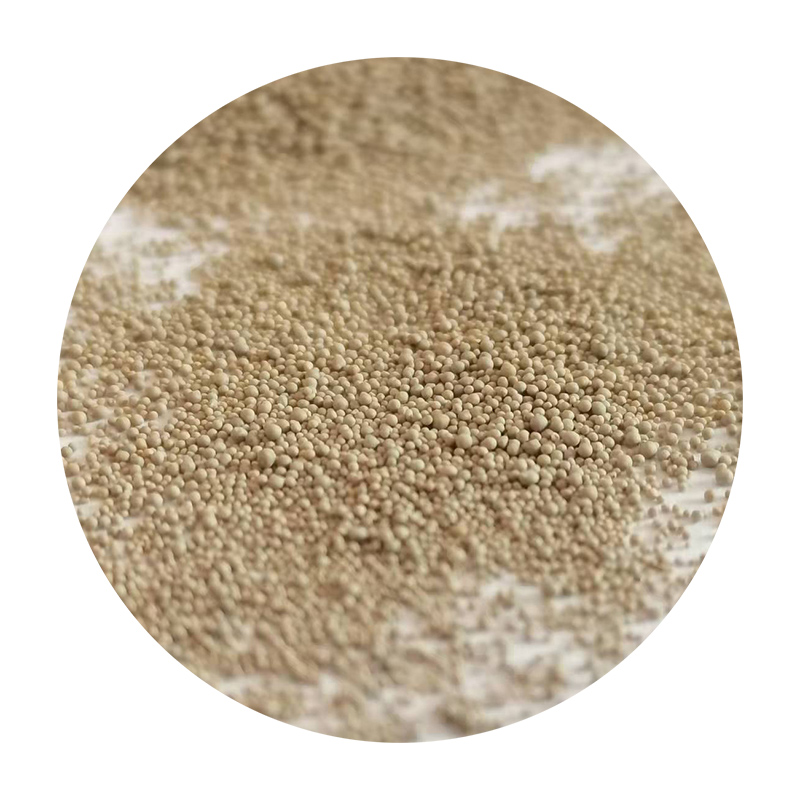

Filling 3D prints with sand yields several advantages. Firstly, it significantly increases the strength and stability of the object. For instance, architectural models or large sculptures, which may otherwise topple or bend, gain added heft and sturdiness. Moreover, it can also dampen vibrations, making it a practical solution for parts that will be subjected to stresses or mechanical movement. In the realm of sustainability, using sand as a filler material aligns with eco-friendly practices. Unlike other fillers, sand is abundant, inexpensive, and has minimal environmental impact. By opting for sand, manufacturers can reduce the use of excess plastic, thereby lowering their carbon footprint. This method also provides an opportunity for companies to market their products as sustainable and environmentally conscious, which is increasingly becoming a decisive factor for consumers. However, expertise and caution are needed when opting for this process. Not all 3D printed objects are suitable for sand filling. Thin-walled or delicate structures may not withstand the additional weight, leading to possible deformation or collapse. Thus, a thorough understanding of the material's tolerance and the overall design integrity is paramount. Consulting with engineers or experienced 3D printing specialists can provide insights into the feasibility and implementation of sand-filling for specific projects. In conclusion, sand-filling 3D printed objects is a viable technique that merges technological innovation with practical application. While it has its challenges, the benefits of improved strength, stability, and sustainability present a compelling case for its consideration. As the 3D printing industry continues to evolve, such hybrid techniques will undoubtedly play a significant role in expanding the capabilities and applications of this versatile technology. By leveraging this approach, creators and companies not only enhance the functionality of their designs but also adhere to the principles of sustainable production, thereby paving the way for future innovations. Post time:កុម្ភៈ . 10, 2025 11:38
Next:sand casting sand types
